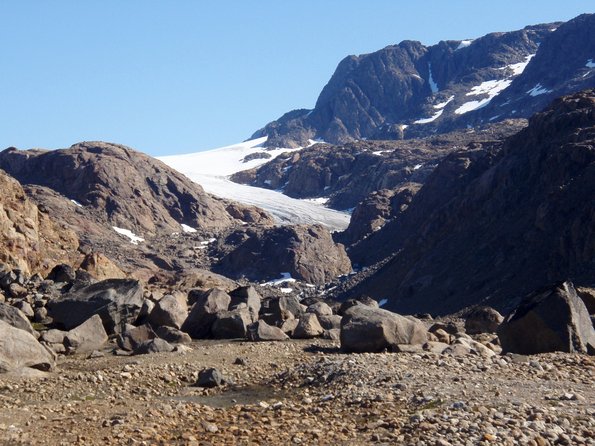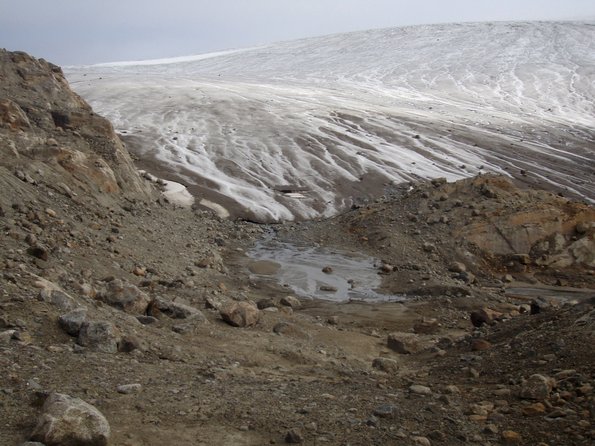

Our central research question is: Can (micro)organisms produce biological fingerprints that can be detected and unambiguously recognized in the atmosphere of exoplanets which are light years away?
Throughout the past 50 years, NASA and ESA have focused on searching for life on Mars and, within the last two decades, on the detection of exoplanets in particular with the implementation of the Kepler Space Telescope, Transiting Exoplanet Survey Satellite (TESS) as well as upcoming space missions PLAnetary Transits and Oscillations of stars (PLATO) and James Webb Space Telescope.
The quickly increasing number of discovered and confirmed exo-planets and in particular of Earth-like planets indicates that planets are common in the universe and with every new rocky planet within the habitable zone that gets detected, there is an increased probability for the discovery of Earth-like life. Therefore, astrobiologists are working on concepts that would allow distinguishing living- from non-living objects either by direct identification or by identifying signatures that can be conclusively affiliated with current or past presence of or processes driven by living things.
So far, two primary types of biosignatures have been proposed: gaseous compounds in planetary atmospheres, in particular oxygen and methane and the so-called red-edge spectral signature arising from biopigments. For example, a planet’s atmosphere with oxygen content of about 20% is a clear sign of a planet in chemical disequilibrium, which is probably the most widely accepted biosignature. On Earth, the disequilibrium is explained by an imbalance between the amount of oxygen that is released by oxygenic photosynthetic organisms and the removal of oxygen through oxidation reactions of reduced compounds including organic matter due to sedimentation and burial. These types of atmospheric signatures may be looked for when searching for life exo-planets as information on these planets can be transported by light over astronomic distances.
A major challenge associated with all biosignatures is that abiotic processes could produce similar signatures, leading to false positive observations. Thus, a combination of several biosignatures would strengthen the reliability of life detection based on remote sensing.

Our approach is similar to using gaseous biosignatures in that it relies on the atmosphere as a source of information on the presence of living organisms. We focus on the presence and detection of biological particles in the atmosphere, which are abundant on Earth and may play a role in physical atmospheric processes, such as cloud development, optical properties and lifespan. By elaborating on our work in aeromicrobiology, which is studying the dispersal of microbes through the atmosphere as well as the microbes’ involvement in cloud and rain formation, we have developed the idea that the contribution of microorganisms to these atmospheric phenomena could be used as a biosignature for life detection on exoplanets.
The idea can be subdivided into the following hypotheses:
1) Biological particles constitute a significant fraction of up to 25% of total aerosol mass in the atmosphere of a life-bearing planet.
2) Diverse microorganisms produce ice-nucleation active (Ina) proteins and thus enhance cloud and rain formation at higher temperature than in atmospheres that are free of biological ice-nucleating particles.
3) Next generation telescopes will allow us to study both chemical and physical properties of exoplanetary atmospheres and thus to look for atmospheric biosignatures.
Because of the high activation energy of homogeneous nucleation, pure water starts freezing only at – 38° C. However, water freezes at much higher temperatures even close to 0° C, which is due to insoluble impurities, i.e. ice nucleating particles (INP). In Earth’s atmosphere where the freezing of water is crucial for cloud- and ultimately rain formation, these impurities are provided by aerosols such a mineral dust and soot but also by biological material such as pollen, fungal proteins, microalgal- and bacterial cells. Several microbial strains have the capacity to actively produce specialized proteins, the so-called ice-nucleation active proteins (INpro) that have extremely efficient ice forming properties and increase the freezing of water far above of what is known from a-biological INP. These INpro can get airborne either attached to microbial cells or to a-biological particles. INpro may thus play a significant role in Earth water cycle and it is particularly thought-provoking to examine whether the water cycle would be significantly altered in the absence of these proteins.
Assuming the possibility of obtaining information on the composition of exoplanetary atmospheres, the observation of water clouds in combination with atmospheric temperature profiles will provide us with the information on the presences of INP with properties similar to those observed on Earth. In combination with other biosignatures such as biogenic gases, the cloud nucleating properties of microorganisms have strong potential as biosignatures.
Through our collaboration with astronomers, atmospheric chemists and physicists and molecular biologists at AU and meteorologist at the Danish Meteorological Institute we are working on critically investigating the reliability of this novel biosignature. Our affiliation with the Stellar Astrophysics basic research center at the Department of Physics and Astronomy provides us with close contact with astronomers that are working on identifying and characterizing exoplanets and in particular on obtaining information on their atmospheric properties. Several of the centre’s fellows are involved in the TESS mission and the upcoming PLATO and James Webb space telescopes. The collaboration with astronomers provides us with first class opportunities to compare modelling results to unprecedented observational data on exoplanets and their atmosphere in the years to come. The time window for these different relevant space missions is within the coming decade, thus leaving sufficient time to develop models and to run experimental validation following laboratory studies. In addition, we have an established collaboration with atmospheric physical chemists at the Department of Chemistry who are specialists in studying the role of aerosols in cloud droplet and cloud ice formation. Atmospheric scientists have increasing interest in the role of microorganisms in the atmosphere and have excellent facilities at hand to investigate the properties of biological and a-biological material and thus quantify biological and a-biological driven processes in the atmosphere, which can ultimately be differentiated by remote sensing with Earth or space based telescopes.
Tina Santl Temkiv Thomas Boesen Kai Finster Lærke Sloth Nielsen Tobias Weidner
Frank Stratmann Stellar Astrophysics Center Svetlana Berdyugina Jakob Löndahl
Graduate students
Meilee Ling, Morten Dreyer, Stine Holm, Mads Smidt, Johannes Lund Larsen, Stephanie Pilgaard,
Urška Rauter, Lasse K. Andersen, Søren Jensen
Undergraduate students
Mads Bendixen, Zou Zenghui, Lasse Jensen, Stella Borck

Our study focus can be summarized by two related questions: Can erosion of surface silicates produce chemicals that can affect the persistence of organics and of microorganisms in the Martian surface soil? And secondly, can erosion per se degrade or organic matter and cells?
The essential findings of the three biological experiments on board of the two Viking Mars landers in 1976 indicate the presence of strong oxidants in the Martian topsoil.
It has been proposed that hydrogen peroxide is the most likely candidate. Recently, perchlorate was detected in the Martian surface dust. Perchlorate is a powerful oxidant but despite its high oxidation potential perchlorate is probably not the direct oxidant of organic matter, as it needs higher temperatures than measured on Mars to be activated.
We have addressed the production of reactive mineral phases by erosion processes and could show that eroded silicate can oxidize water to the level of hydrogen peroxide (H2O2) erosion, which could have a considerable impact on the reactivity of the Martian soil and therefore could affect the durability of organic compounds as well as living organisms on Mars. It could also have influence on the composition of the atmosphere. Furthermore, the reactivity of eroded silicates should be considered a potential selective factor during the history of life on Earth and on other siliceous planets and as a mechanism by which hazardous compounds are produced on rocky planets.
We could also demonstrate that eroded silicates react with methane and form covalent Si-C bounds. We propose that this process could be involved in regulating methane dynamics in the Martian atmosphere. Heated in the presence of perchlorate methylated quarts can lead to the formation of methylated chlorides as the “Curiosity“-science team has reported. That means that methylated chlorides- the only type of organics that has been found on Mars yet- are artifacts that could results from the reaction of methylated silicates and perchlorate. Currently we are investigating the effect of eroded silicates on the survival of microorganisms to determine the toxicity of the compounds also for potential Martian biota.
Per Nørnberg, Kai Finster, Svend Knak Jensen, Jan Thøgersen
Graduate students
Ebbe Nørskov Bak, Lasse Riis Jensen, Silas Bøje Nissen, Bjarke Haldrup
Martin Rassmusen, Michael Goul Larsen